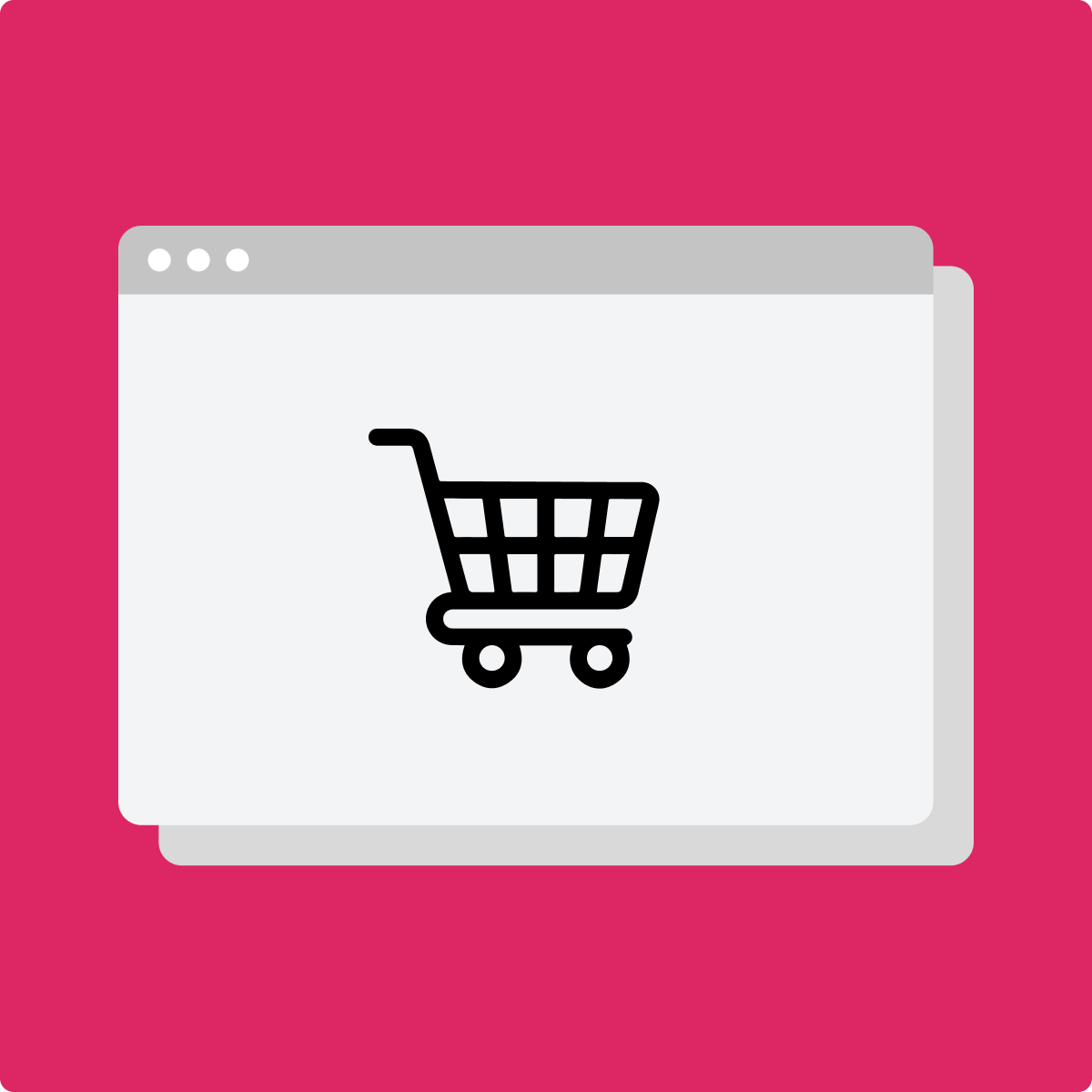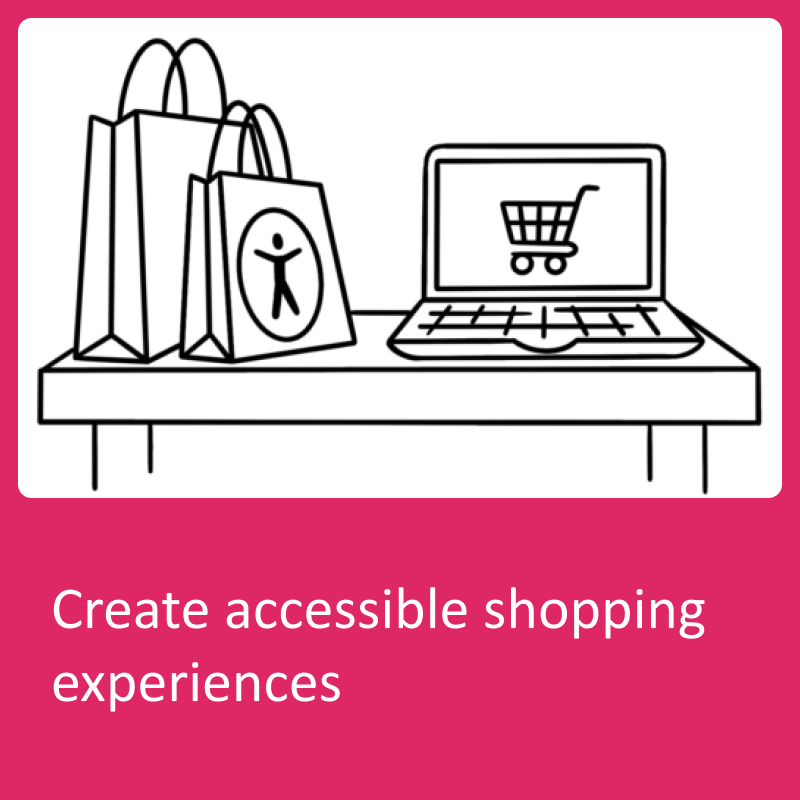Getting started with retail accessibility
Let’s dive into the tactical steps you can take to improve retail experiences for everyone.

Overview
People with disabilities may choose to shop online due to necessity or preference. In-person shopping may not be a viable option for everyone, therefore the expectation is that being able to shop online should be faster and more convenient. All consumers deserve a frictionless experience that provides feelings of joy and confidence, this includes people with disabilities.
I always like to say, I have cerebral palsy, but my money doesn’t.
– David Dame, Senior Director of Product Accessibility for Windows at Microsoft
According to Fable’s retail Insights survey, even when users of assistive technology are able to successfully make a purchase, 81 percent of respondents find that they regularly experience accessibility issues that are frustrating.
Today, it’s clear that retailers are considering accessibility, but there’s room for improvement. Collecting feedback directly from users is always a great place to start when it comes to creating more inclusive digital experiences. After all, factors like confidence and ease of use can’t be detected by automated testing or compliance guidelines.
Scaling accessibility is all about building muscle and making incremental improvements over time. Here are some common ways for retail and e-commerce services to get started with accessibility testing and research:
Capture an initial baseline
To know what to focus on, you first need to know how your experiences are currently working for assistive technology users. When considering accessibility for retail and e-commerce experiences, it’s essential to focus on user journeys that ensure trust and provide a seamless experience for all users.
Some of the most important areas would be:
To assess these areas, you can use metrics like task completion rates, or even Fable’s Accessibility Usability Scale (AUS) if you are already aware that these flows are working well functionally for assistive technology users.
Tackle known issues
Once you have established your baseline of accessibility for these critical tasks, you’ll want to focus on fixing the highest impact issues. When prioritizing your issues and findings, consider the following:
Accessibility is all about “progress towards perfection”, so don’t be afraid to pick certain areas of focus and commit to fixes, rather than letting your backlog pile up.
Improve usability
Once your products are working as expected for assistive technology users, you can start thinking about ways to make the experience even better. While your services may work functionally, there’s an opportunity to make usability a priority, improving the user experience for customers with disabilities.
We’ve seen how companies like Apple, Google and Microsoft have focused on usability and innovation to retain and grow their customer base. People with disabilities show brand loyalty towards companies that have accessible and usable experiences.
Usability testing with assistive technology users will help you answer questions like, how enjoyable was the experience? Did that latest product update make it easier to use? Without metrics, answering these questions is challenging. Fable’s Accessible Usability Scale (AUS) score builds on the System Usability Scale (SUS) to quantify and measure the perceived usability of digital products for assistive technology users.
Measure progress over time
To be able to demonstrate your accessibility improvements with confidence, you need to start benchmarking over time. You’ll want to do this once you’ve addressed the accessibility issues you find in your initial baseline tests of those key flows you decided on.
We suggest that you fix at least 80% of the high-severity issues before conducting any repeat testing. From there, the cadence at which you regularly conduct these benchmarks will depend on your product development velocity. Be sure to pick a frequency that makes sense for your team. The most important factor is that you stay consistent, and share your progress with others on your journey.

Learn more about retail and e-commerce accessibility
Check out these resources to learn more about the accessibility of online shopping, and how your team can work with Fable to practice inclusive product development.




